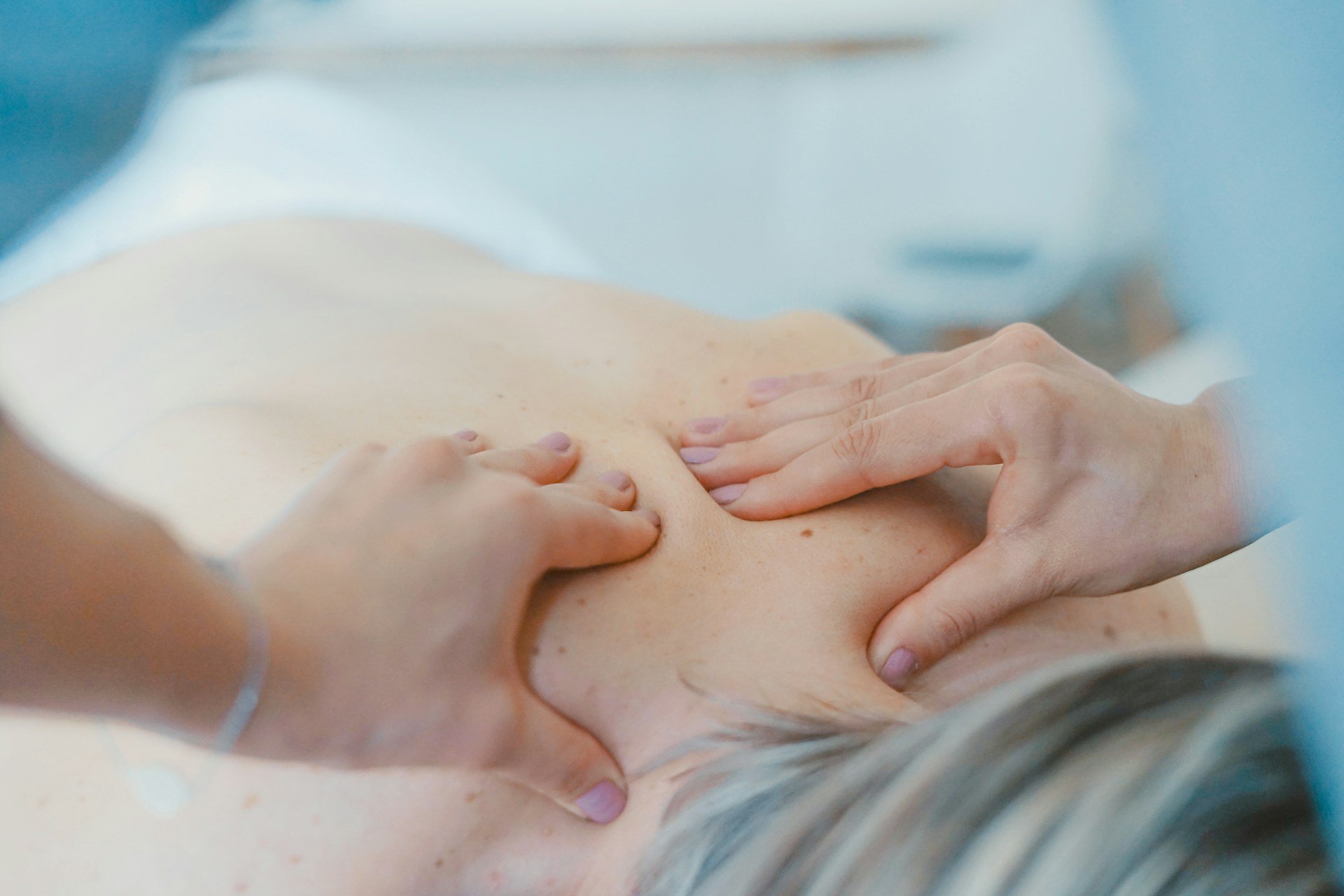
Soft Tissue Mobilization (STM) Therapy
At Pramukh Advance Physiotherapy Center, we offer specialized hands-on treatments like Soft Tissue Mobilization (STM) to help reduce pain, break down scar tissue, and restore muscle function. If you're recovering from an injury or suffering from chronic tightness, STM can significantly enhance your recovery and mobility.
What is Soft Tissue Mobilization?
Soft Tissue Mobilization is a manual therapy technique performed by skilled physiotherapists to target muscles, tendons, ligaments, and fascia. Unlike general massage, STM is a structured approach aimed at releasing muscle tension, breaking adhesions, and promoting better circulation.
This therapy is ideal for patients with restricted movement, post-surgical tightness, or soft tissue injuries that have not responded to traditional treatments.
How Soft Tissue Mobilization Works
Our therapists use precise, hands-on techniques such as:
- Deep tissue manipulation
- Friction massage
- Trigger point release
- Stretching of tight tissue bands
These techniques are designed to:
- Reduce muscle tension and stiffness
- Improve blood flow and tissue oxygenation
- Release trigger points and knots
- Enhance tissue flexibility and mobility
- Minimize scar tissue formation after injury or surgery
- Support the healing of soft tissue structures
Conditions Treated with STM
At Pramukh Advance Physiotherapy Center, we apply STM therapy to effectively manage and treat:
- Muscle strains and sprains
- Tendinitis and tendinopathy
- Myofascial pain syndrome
- Post-injury scar tissue
- Chronic pain and stiffness
- Sports injuries
- Back and neck pain
- Plantar fasciitis
- Frozen shoulder
- Joint and soft tissue tightness
Free ask question?
STM can sometimes cause mild discomfort, especially when working on tight or sensitive areas. However, it should never be excessively painful. Most patients describe it as a “good pain” that leads to relief.
STM is typically part of a physiotherapy session and may last 15–30 minutes, depending on the treatment area and technique used.
Mild soreness, redness, or bruising may occur after treatment, especially if deeper techniques are used. These effects are temporary and usually subside within 1–2 days.
This depends on the severity of your condition and how your body responds. Acute issues may improve in a few sessions, while chronic or complex cases might require more ongoing treatment.
STM is safe for most people but may be avoided or modified for:
- Acute injuries with active swelling
- Open wounds or skin infections
- Certain vascular conditions
- Fragile skin or bleeding disorders
- Pregnancy (for certain areas)

